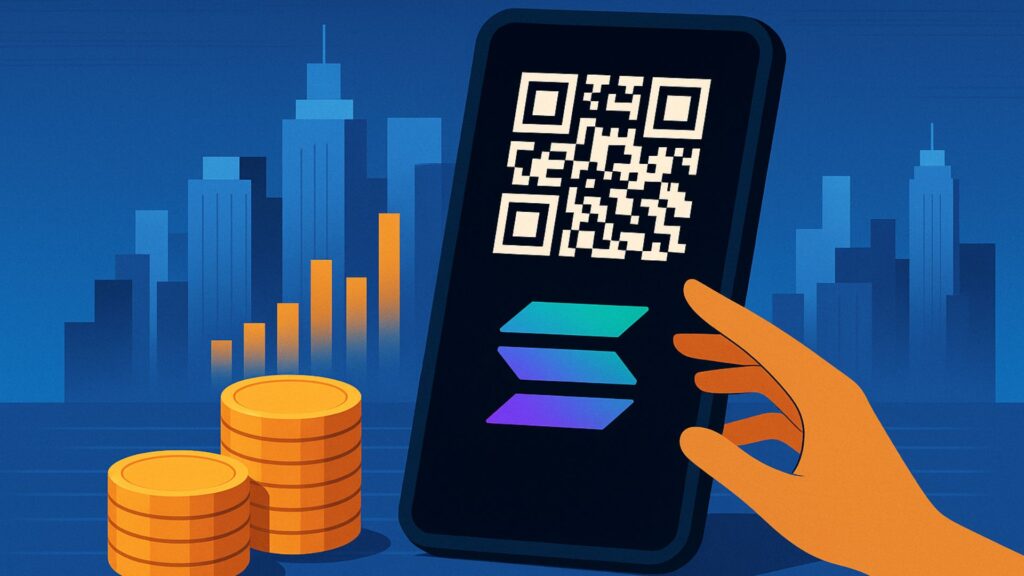Solana has gained attention as one of the fastest-growing blockchain platforms, with a focus on making transactions more efficient and affordable.
Built to improve on the limitations of older networks, it offers a different experience for both developers and users. Now, Solana is being looked at not only for its technical performance but also for its potential to make investing more accessible.
While it has faced a few technical issues, the platform continues to grow, with a strong community and a vision for broader financial inclusion.
The Technology Behind Solana’s Growth
Solana was introduced in 2017 by Anatoly Yakovenko and officially launched in 2020. From the beginning, it aimed to address two key issues facing blockchain networks: slow speeds and high transaction costs.
Yakovenko introduced a new system called Proof of History, which works alongside Proof of Stake to help the network process more transactions in a shorter time. This system functions like an internal clock, helping the network maintain order without long delays.
Alongside this, Solana uses a system called Sealevel that allows multiple transactions to be processed at the same time. This has allowed it to reach speeds of up to 65,000 transactions per second under ideal conditions, with fees often less than a cent.
These features have made it attractive to developers looking to build decentralised finance platforms, NFT marketplaces, and blockchain-based games.
Solana experienced rapid growth during the 2021 market cycle. Many developers chose it over other platforms due to its performance and low costs. However, the network has also suffered from outages during high activity periods.
These events raised concerns about reliability, but they have not stopped projects from continuing to build within the ecosystem.
Unlike Ethereum and Bitcoin, which often struggle with congestion, Solana has shown that it can handle high levels of activity more efficiently. This does not mean the network is perfect, but it does offer a different model for how blockchain applications can work at scale.
Its focus remains on providing faster transactions and lower costs for users. These priorities are especially important for anyone hoping to build applications that serve a wide audience.
For developers and users alike, Solana offers a platform that seeks to be more usable without the limitations that have slowed down earlier blockchains.
A Broader Approach to Financial Participation
Beyond its technical features, Solana is also being positioned as a platform that could help more people participate in investing. At the Accelerate 2025 conference, Akshay BD from the Solana Foundation spoke about this idea in more detail.
He argued that today’s financial system often limits access to the best opportunities, especially for people without large amounts of capital.
He pointed out that most individuals do not have access to private investments, which are often restricted to the wealthy. At the same time, traditional investment options like the 60% stock and 40% bond portfolio are no longer providing the same level of returns.
Real estate and equity markets can feel out of reach for many, while wages alone are not enough to build long-term wealth.
According to Akshay, this is where blockchain technology could offer something different. With the use of mobile phones and tokenisation, people could invest small amounts into businesses, projects, or even community-owned ventures.
He described a model where ownership is as simple as scanning a QR code, allowing anyone to buy into assets that were previously out of reach.
He referred to this idea as universal basic ownership. Unlike universal basic income, which focuses on giving people cash support, ownership would allow individuals to build value over time. It shifts the focus from short-term aid to long-term participation in economic growth.
While this idea still faces regulatory and technical challenges, it offers a direction for how blockchain could be used beyond speculation.
Solana, with its speed and low fees, is well placed to support this kind of system. Transactions can be completed quickly, and the cost to enter is low enough to encourage wider participation.
At the same time, Solana is showing strong signals in the market. Technical indicators such as the Chaikin Money Flow have been positive, and the MACD is close to a bullish crossover. These signs suggest increased interest from investors.
There could be a short-term decline in the price of SOL, possibly down to $180, following the recent break from a rising wedge pattern. However, if interest continues, the price could rise again to $220 and possibly $250.
This suggests that despite short-term movements, the overall trend remains positive. Solana’s appeal is not only in its current performance but also in what it could offer in the future, especially if more people are able to invest in ways that were not possible before.
Conclusion
Solana offers a blend of speed, affordability, and potential for broader participation. While it has experienced network issues, it remains one of the more efficient platforms available today.
Beyond its technical strengths, it is now being seen as a possible gateway to more inclusive investment opportunities.
Whether through lower costs, easier access, or new ownership models, Solana is trying to make the blockchain space more practical for a wider audience. The question now is whether its technology and vision can continue to align as the ecosystem matures.
Editor: Lydicius

